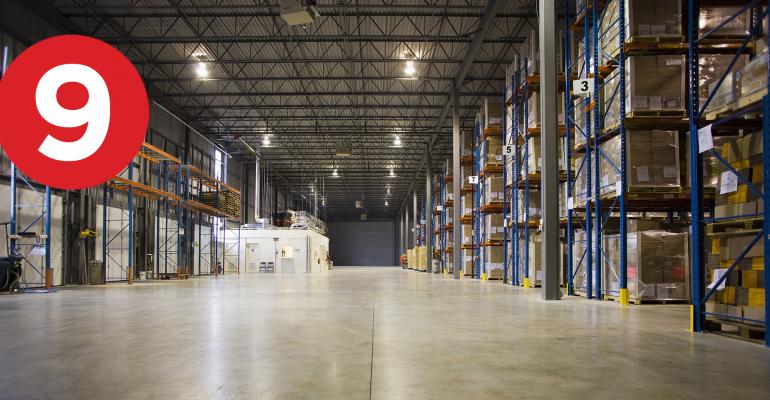- Amazon Aims to Sublet, End Warehouse Leases as Online Sales Cool “The excess capacity includes warehouses in New York, New Jersey, Southern California and Atlanta, said the people, who requested anonymity because they’re not authorized to speak about the deals. The surfeit of space could far exceed 10 million square feet, two of the people said, with one saying it could be triple that.” (Bloomberg)
- In Battle for Workers, Companies Build Houses “Employers are placing a new focus on access to housing in an attempt to attract and retain workers. Walt Disney Co. last month said it would set aside 80 acres near Walt Disney World in Florida for what it expects to be a 1,300-unit affordable-housing project that could be used, in part, by its theme-park workers. The medical-devices maker Cook Group in April said it would help build 300 single-family homes across south-central Indiana in the coming years to address a shortage of housing for its employees.” (The Wall Street Journal)
- Commercial Lending to Hold Steady in 2022 Amidst Higher Rates, Economic Uncertainty “The rapid rise in interest rates is expected to take some wind out of the sails of new lending activity, but healthy property fundamentals and strong property values should support the markets and keep commercial real estate mortgage demand at strong levels. Borrowing and lending should still match last year’s record levels.” (Commercial Property Executive)
- Manhattan retail rents tick up as recovery slogs along “The sector’s battered recovery is uneven across the borough’s neighborhoods and retailers. Harlem is the closest to its pre-recession peak, falling short by just 5 percent. At the other end of the spectrum, SoHo is more than 60 percent below its prior highwater mark.” (The Real Deal)
- He Won the Lottery for an Affordable Apartment, After Years of Trying “Over the last eight years, Mr. Bianchi has applied for countless apartments on Housing Connect, and visited an estimated 14 places for in-person inspections. The units ran the gamut, from unappealing shoe boxes to barely-affordable apartments in new-construction buildings.” (The New York Times)
- Leveraging the OCDE Index to Understand Real Estate Valuations “Similar to how the Dow Jones Industrial Index or the S&P 500 are used when analyzing the performance of index funds, the ODCE Index serves as an important metric for fund managers and investors to understand how their real estate assets are performing as an investment vehicle. In 2021, the index held a 19 percent rate of return for the year in comparison to a 2.1 percent return in 2020. That is a far less gloomy picture than what industry chatter foreshadowed last year.” (Propmodo)
- Speaker wants NYC to double its spending on affordable housing “In her first State of the City speech, New York City Council Speaker Adrienne Adams on Sunday proposed spending an extra $4 billion in the next fiscal year to build and preserve affordable housing, nearly doubling the amount proposed by the mayor.” (Gothamist)
- A New Hub and Spoke Model Emerges As Office Occupiers Rethink Plans “For central business districts, the calculus over how to use space has been drastically altered. The gap between overall suburban and CBD vacancy levels narrowed from 190 to 50 basis points over seven quarters ending in Q4 2021, according to Colliers, while absorption in CBD markets clocked in at negative 719,525 square feet in the fourth quarter of last year.” (GlobeSt.com)
- 'The Wheels On The Bus Really Started Screeching': Crypto Crash Slows Growth Of Mining Facilities “The sector had been in the midst of an accelerating development boom, with some predicting 10,000 megawatts of new mining facilities in the U.S. within five years. But the tanking crypto markets, combined with skyrocketing energy costs and more expensive lending, is slowing that projected build-out.” (Bisnow)
0 comments
Hide comments





